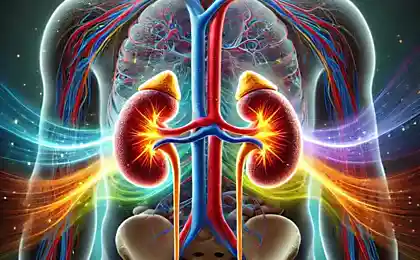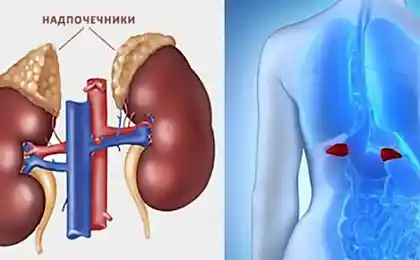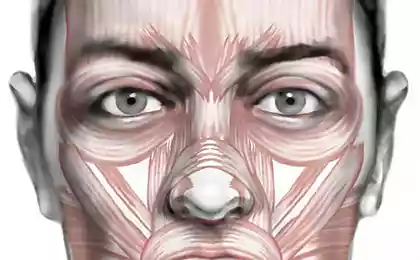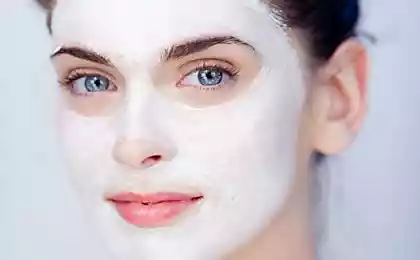212
How to Get Rid of Cortisol Face: The Complete Guide

In the modern world, stress has become an integral part of our lives, leaving its marks not only on mental health, but also on our appearance.
Marina, a 34-year-old marketer from Kiev, noticed a change in her reflection after a particularly tough year at work. The face became more rounded, swelling under the eyes appeared, and the skin lost its natural tone. The endocrinologist explained to her that the cause was elevated levels of cortisol, a stress hormone that literally changed the architecture of her face.
According to the World Health Organization, about 75% of adults experience chronic stress, which directly affects hormonal balance.
What is a cortisol face
Cortisol face is a complex of external changes caused by chronically elevated levels of cortisol in the body. This hormone, produced by the adrenal glands, plays an important role in regulating metabolism, immune system, and stress response.
The main signs of a cortisol face include luniform rounding, swelling of the cheeks and eyelids, the appearance of a second chin, loss of clarity of the oval of the face and characteristic fat deposits in the neck and chin.
Cortisol was called the “stress hormone” not by chance. Under normal conditions, its level fluctuates throughout the day, peaking in the morning and decreasing in the evening. However, with chronic stress, this natural rhythm is disrupted, leading to a constantly elevated concentration of the hormone in the blood.
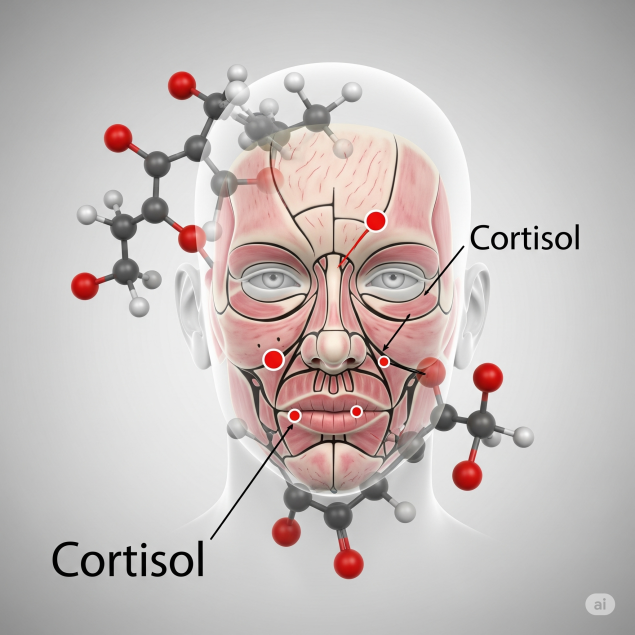
Mechanism of influence of cortisol on appearance
Cortisol affects the appearance through several mechanisms. First, it contributes to the accumulation of visceral fat, especially in the face and neck. Secondly, the hormone affects the water-salt balance, causing fluid retention in the tissues. Third, cortisol disrupts collagen synthesis, which leads to loss of skin elasticity.
Biochemical processes
At the molecular level, cortisol activates glucocorticoid receptors in the fat cells of the face, stimulating lipogenesis - the process of fat formation. At the same time, it suppresses lipolysis - the breakdown of fat reserves. This creates a vicious circle of adipose tissue accumulation in the face.
It's important to understand: A cortisol face can be a sign of serious hormonal disorders, including Cushing's syndrome. With severe symptoms, consultation of an endocrinologist is necessary.
Causes of the cortisol face
Chronic stress remains the main cause of increased cortisol levels. Studies show that even moderate but prolonged stress can lead to significant changes in appearance within 3-6 months.
Major triggers
Among the main reasons are occupational burnout, chronic diseases, sleep disorders, malnutrition with an excess of simple carbohydrates, lack of physical activity and some drugs, especially glucocorticosteroids.
A special role is played by circadian disruption - a violation of natural biorhythms. Working night shifts, frequent flights with changing time zones, abuse of gadgets before bedtime - all this can lead to a chronic increase in cortisol.
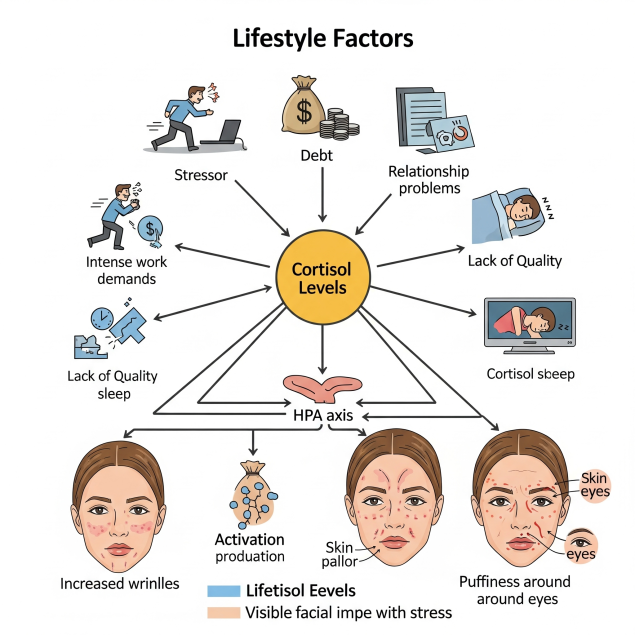
An integrated approach to solving the problem
The fight against cortisol face requires a systematic approach aimed at normalizing hormonal balance and restoring natural metabolic processes.
Dietary strategies
Anticortisol diet includes foods rich in omega-3 fatty acids (salmon, avocados, nuts), magnesium (dark chocolate, spinach, quinoa) and vitamin C (citrus fruits, berries, Bulgarian pepper).
Particular attention should be paid to the glycemic index of products. Sharp jumps in blood sugar stimulate the release of cortisol, so it is recommended to give preference to complex carbohydrates and fiber.
Stress management
Meditative practices, yoga, deep diaphragmatic breathing and progressive muscle relaxation have been shown to reduce cortisol levels. Studies show that regular 20-minute meditation can reduce stress hormone levels by 23% after 8 weeks.
Optimizing sleep
Quality sleep is critical to normalizing cortisol rhythm. It is recommended to go to bed before 23:00, ensure complete darkness in the bedroom and maintain a temperature of 18-20 degrees Celsius.
Practical life hack: an hour before bedtime, drink herbal tea with chamomile or valerian, and also use the 4-7-8 technique for breathing - inhale 4 counts, delay 7, exhale 8.
Physical activity
Paradoxically, intense exercise can increase cortisol. Moderate aerobic loads of 30-45 minutes are considered optimal. Swimming, brisk walking and yoga are especially effective.
Cosmetological and medical methods
In parallel with systemic measures, external correction methods can be used. Lymphatic drainage massage helps reduce swelling, and microcurrent therapy stimulates tissue regeneration.
In some cases, a doctor may prescribe adaptogens, herbal medications that help the body adapt to stress. These include extracts of Rhodiola Rosea, Ashwagandha and Eleutherococcus.
Time frame and expectations
It is important to understand that recovery is a process that requires time and patience. The first changes usually become noticeable after 4-6 weeks of an integrated approach, significant improvement occurs after 3-4 months.
Studies show that when all recommendations are followed, 78% of people notice a significant improvement in facial appearance within 6 months.
Marina's story, which we talked about at the beginning, had a happy ending. After six months of comprehensive work on herself - changing her diet, regular meditations and normalizing her sleep regimen - her face regained its natural contours. In fact, colleagues have noticed that she looks younger than she did a year ago.
Glossary of terms
Cortisol is a steroid hormone produced by the adrenal cortex that regulates metabolism and stress response
Lipogenesis - biochemical process of formation of adipose tissue from simple compounds
Lipolysis - the process of splitting fats into components
Circadian rhythms – the body’s internal biological clock that regulates sleep-wake
Adaptogens - natural substances that increase the body's resistance to stress
Glucocorticoid receptors – protein structures of cells that respond to cortisol
Cushing's syndrome - an endocrine disease characterized by excess cortisol in the body
Cortisol face is not a sentence, but a signal that the body needs care and attention. An integrated approach, including lifestyle changes, diet and attitudes to stress, allows not only to restore attractiveness, but also significantly improve the overall quality of life.






